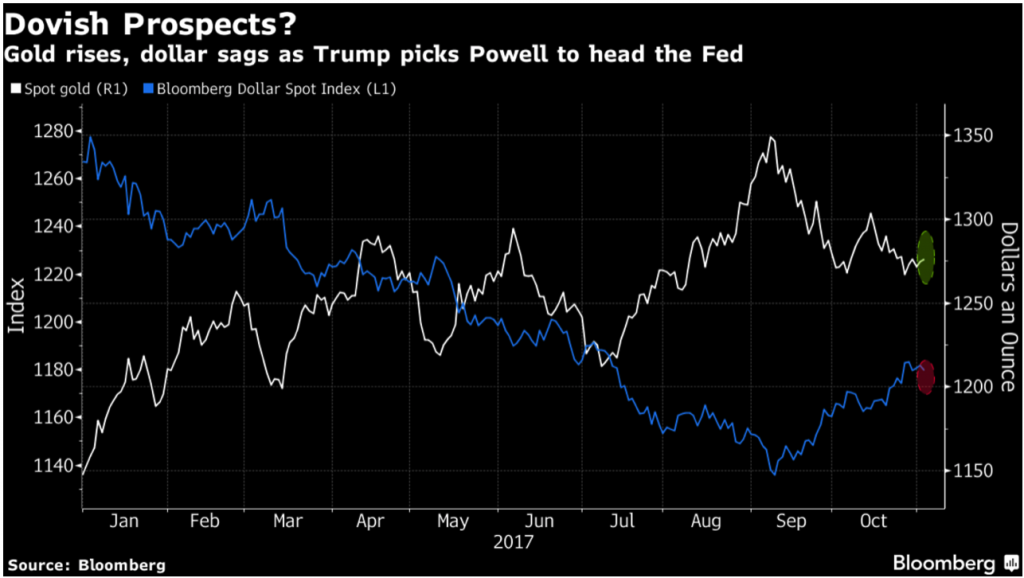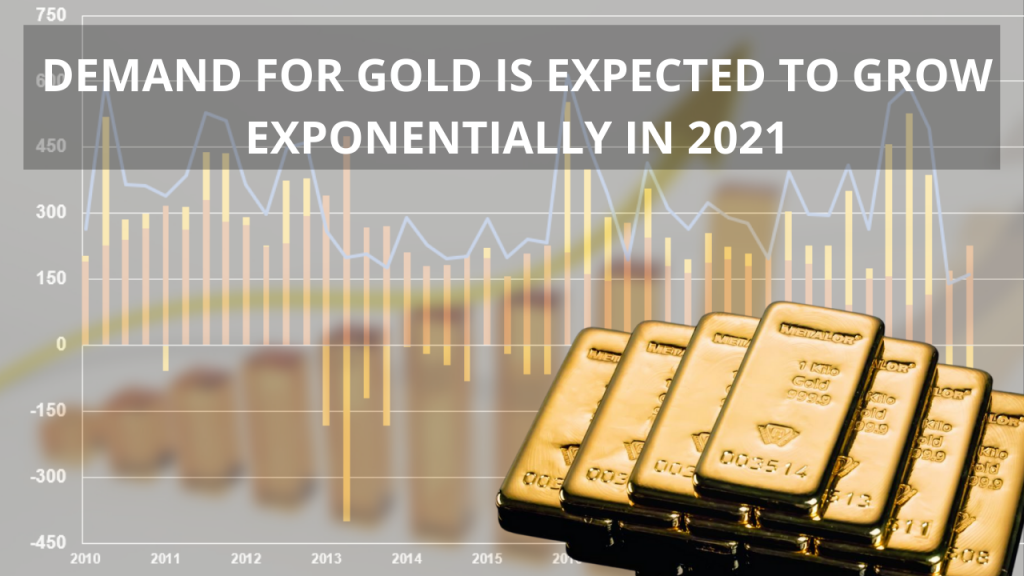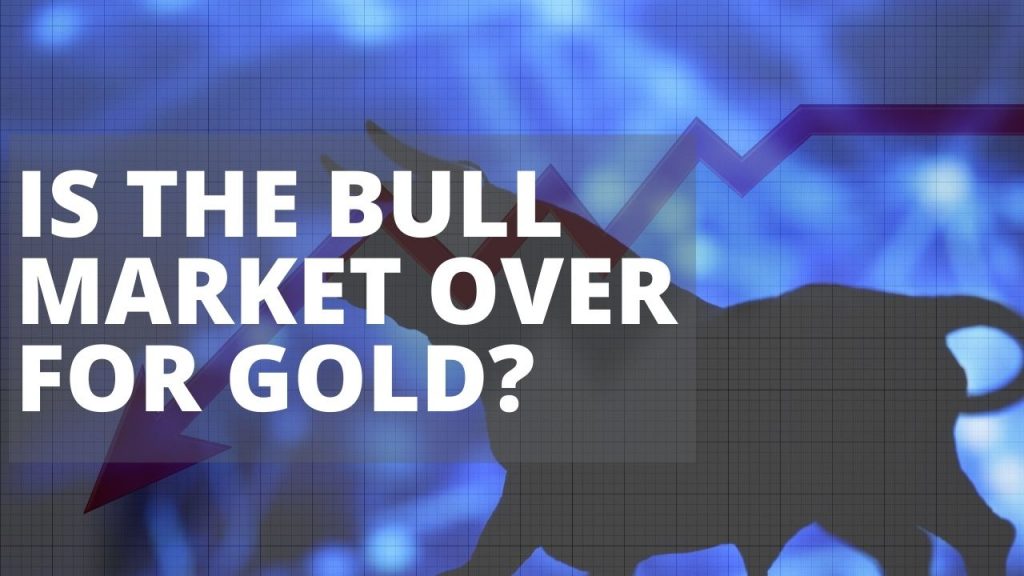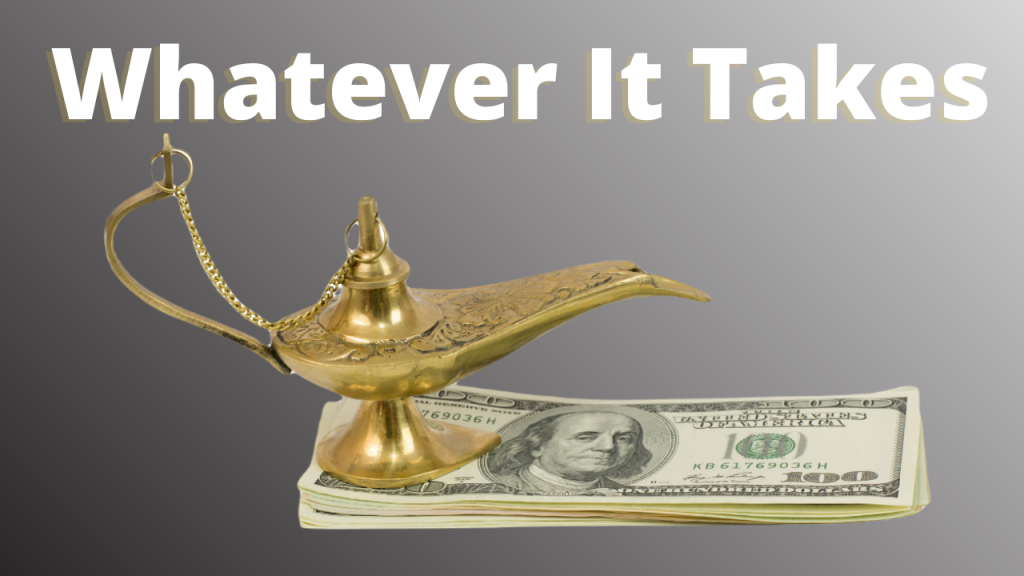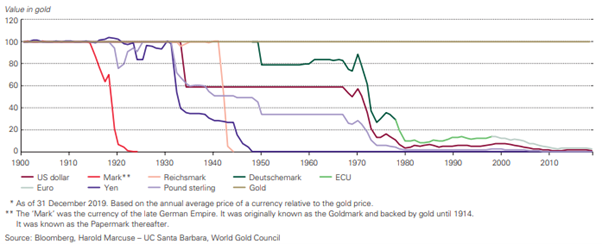| – Bank of England raised interest rates for the first time in ten years – President Trump announces Jerome Powell as his choice to lead the U.S. Federal Reserve – Most investors outside the US Dollar and Euro see gold prices climb after busy week of central bank news – Inflation now at five-year high of 3% – Inflation, low-interest rate, debt crises and bail-ins still threaten savers and pensioners |
Gold Price in GBP(see more posts on Gold prices, ) |
|
This week has been a significant week for central banks. The Bank of England raised interest rates for the first time in ten years, the Federal Reserve indicated that a December rate hike may happen and President Trump named Powell as his choice for leader of the Federal Reserve. Gold reacted positively to Trump’s announcement as markets see little change ahead with a Powell-led Federal Reserve. |
Gold Spot and Bloomber Dollar Spot Index, Jan - Oct 2017 |
| The interest rate decision is arguably the most interesting at present. Announcements on both sides of the pond suggest that the age of easy money is coming to an end, albeit slowly.
Since the financial crisis central banks have flooded markets with easy money, kept interest rates near zero and bought trillions of dollars in government and corporate bonds. Now most central banks (excluding Japan) have indicated that the party must soon stop. The problem is, no one is sure how economies will cope when the moreish juice of central bank assistance will be taken away. None of the financial centres have managed to meet inflation targets which they were all so vocal about. Instead, they are suddenly aware that the encouraged financial excesses of the last ten years may well lead to another crash and something must be done to curb their enthusiasm. Adding to the uncertainty is the issue that three of the world’s four most important central bank chiefs are nearing the end of their terms and may be well replaced. The jump in the gold price and fall in the dollar is just the first indication with how markets feel about such changes. But is the age of easy money really coming to an end and are interest rate hikes a sign that central bankers have confidence in the economic recovery? Yesterday’s drop in the pound suggests markets aren’t buying it. They weren’t helped by Mark Carney’s dovish comments regarding the UK’s post-Brexit future. All in all, anyone hoping they might finally earn some interest on their savings, see a slowdown in the devaluation of their wealth or a reduction in the counterparty risk their cash is exposed to, needs to think again. The UK along with the rest of the world remain very vulnerable and will take investors along for the ride. A whole new world with little hope Here in the UK a whole generation of homeowners are waking up to a world where interest rate rises can really happen. There are 8 million homeowners, many of whom will have bought in the last ten years and as a result have never experienced a rate rise in their adult lives. Bloomberg explained how much the world has changed since the Bank of England last increased interest rates:
In interest rate terms how much has changed? Very little. The rise merely cancels out the cut that happened following the Brexit referendum. |
Base Rate, Nov 1988 - 2017 |
| It’s likely the hike in interest rate could do more harm than good. Previously savers, pensioners and investors suffered as a result of (arguably) negative real interest rates. Now the rate hike makes little difference to their current situation but propels debtors into further issues.
Those on variable mortgages will be facing rate hikes whilst the millions who have personal, unsecured loans will also be facing increased payments. All to contend with against a backdrop of rising inflation, pressure on wages and a slowing economy. No change, nothing to see here A decade of damage by easy monetary policy has caused unforeseen damage which cannot be undone by a few quarter-percent hikes over the next two years. Low rates have created problems for savers and pensioners around the globe. Pension funds are in trouble with rising levels of unfunded liabilities. Consider the 2016 PWC report that found pension fund deficits have expanded by £100bn over the past year to total £700bn. This gives a “debt” of £26,000 per UK household. Debt levels continue to rise from unsustainable to even more unsustainable. Here in the UK we are facing a £1 trillion crisis as pensions deficits and consumer loans snowball out of control. And lest we forget how low rates have distorted financial markets and created asset price bubbles in shares, property and investments across markets. Easy monetary policy came at a time when governments should have been implementing policies that dealt with an ageing population. Instead they have increased inflation and discouraged conservative money management – creating incentives in totally the wrong direction. The rise in inflation to 3% today also means that even those who have opted to keep cash in the bank have seen its value slowly eaten away. Those who chose to embrace low rates are inevitably in a debt-hole that is increasingly difficult to climb out from. No faith in post-Brexit Britain Interest rate hikes are ideally supposed to be an indicator that a central bank has faith in the economy’s recovery but the Bank of England statement yesterday suggested this wasn’t the case for post-Brexit Britain. Carney expressed his concerns over the strength of the UK’s economic recovery heading into and following our departure from the EU. He is also likely to be considering the risks the weak exchange rate poses to Britain’s ability to finance its current account deficit. So bleak is Carney et al’s outlook that they are only considering a two further rate rises by the end of 2020. Even this might not be guaranteed. Consider the state of the global financial system and where that could drag the UK. Last time the BoE increased rates, it was soon forced to cut them by 4.75 percentage points in the following 18 months as the global financial crisis dragged the UK into a recession. Little hope for savers The EU has already set the precedent of official negative interest rates, but in truth inflation combined with low rates does mean we are already in negative territory. Now, a 0.25% interest rate hike to 0.5% won’t do much to contend with the forces of excess money supply and falling value of the pound. Add to this the ongoing threat of bail-ins, courtesy of the EU government. Even if interest rates were hiked up to levels of the early 1990s then savers’ cash is still not safe. Investors need to be prepared for the ongoing threats that exist in our banking system whether thanks to Brexit or our own governments. |
|
| Gold isn’t losing its head over interest rates
The gold price and subsequent demand have performed well this year, despite interest rate hikes. Usually they stumble when central banks increase the price of money as it is seen as an incentive to no longer hold gold. Instead, gold has climbed nearly 11% in dollar terms in the year to date as investors increasingly lose faith in the system and look to diversify and protect their wealth. In the UK sterling-priced gold is even perkier, in the period Jan-Oct this year it has performed better than in the same period in previous years outside of 2012. |
Gold Price in GBP, Jan 2008 - 2017(see more posts on Gold prices, ) |
A report on Germany released yesterday by the World Gold Council showed how gold investment has increased in the last decade as worries over the financial system grow.
No matter the number of banks hiking rates this year it is not an salve for the global economy. Astute investors have recognised this and continue to stock up on gold – the age old financial safe haven from central bank policies and poor economic performance. Conclusion Ultimately low interest rates and QE have been politically beneficial for governments around the world, yet the consequences have been severe for the electorate and health of the economy. Investors should not see this week’s or subsequent announcements from the central bank as an indication that their money is suddenly safe from devaluation and counterpart risk. Instead our consistent advice is as pertinent as ever – diversify your portfolio and reduce your exposure to counterparty risk. Very little has changed and if it has then it is arguably worse. Allocated, segregated gold and silver have performed consistently well in the last decade since central banks began pumping the economy with addictive easy money. Even before and after 2007 the precious metals had proved their worth as protectors of wealth and insurers against disastrous monetary policy. Savers, investors and pensioners would be wise to remain on the tracks of portfolio diversification and continue to prepare for a future that has just contended with a decade of unprecedented debt and poor financial decisions. |
Gold Spot and Bloomberg Dollar Spot Index, Jan - Oct 2017 |
Tags: Daily Market Update,Gold prices,newslettersent










